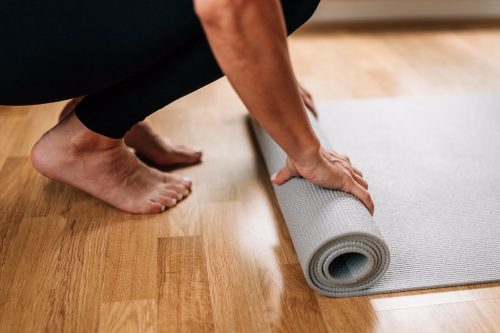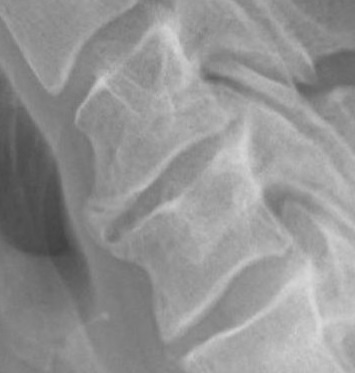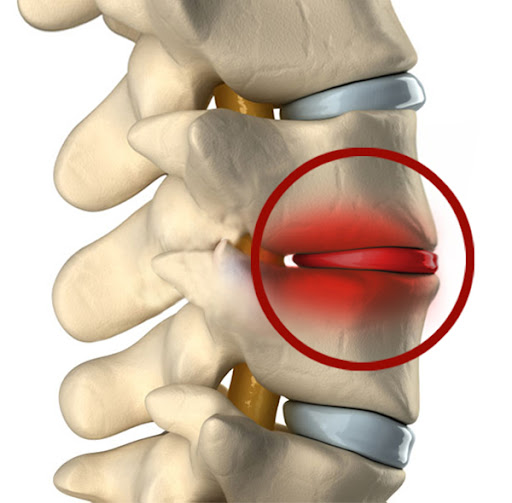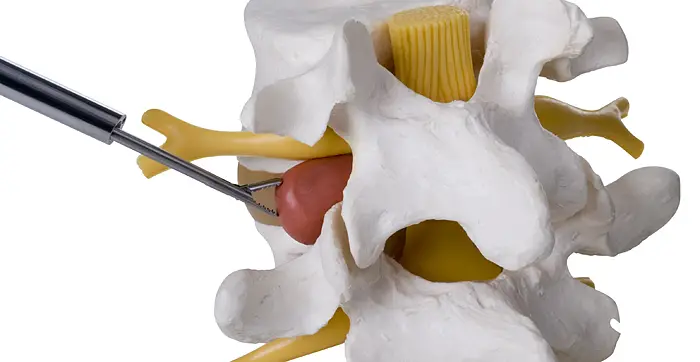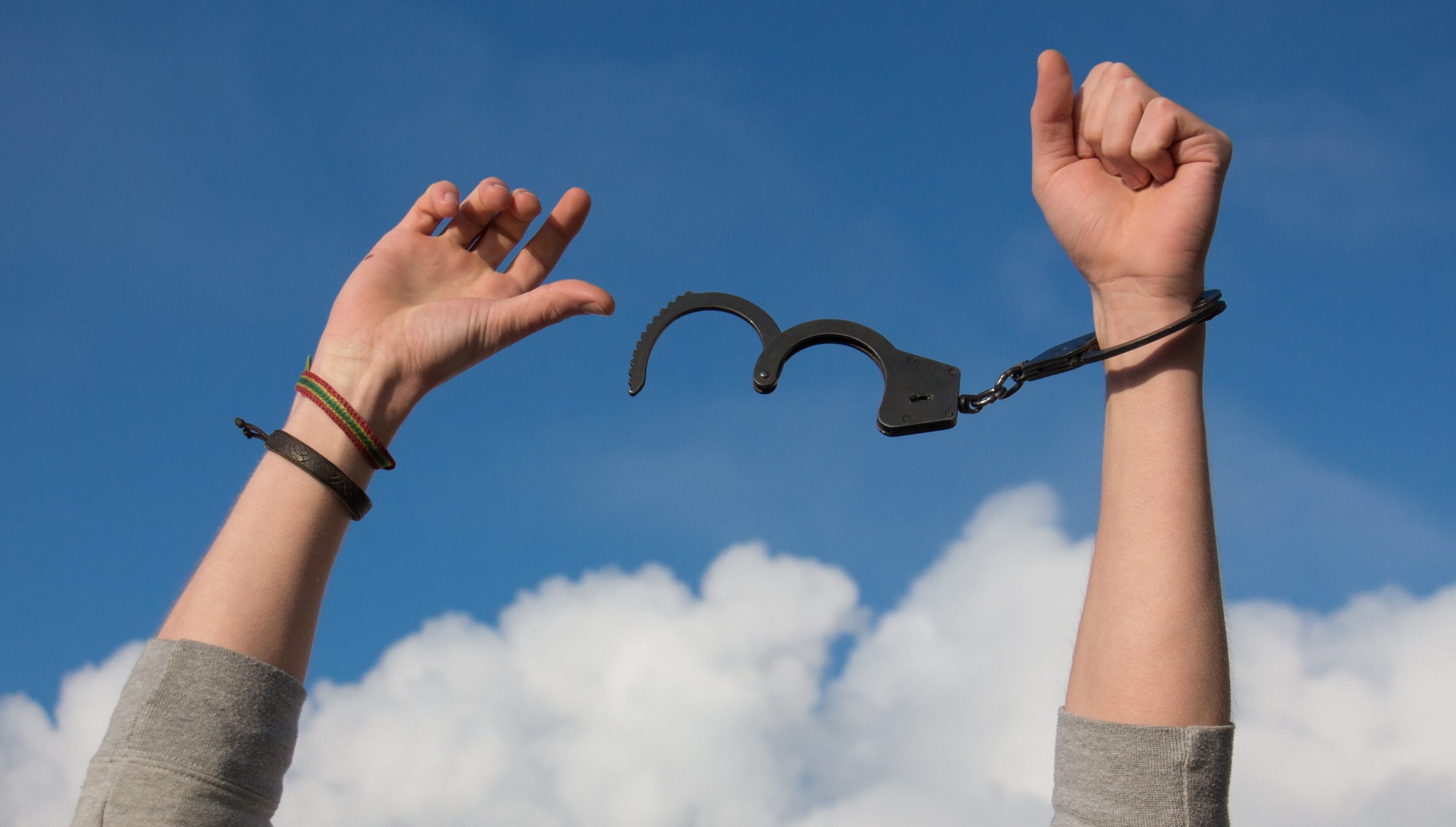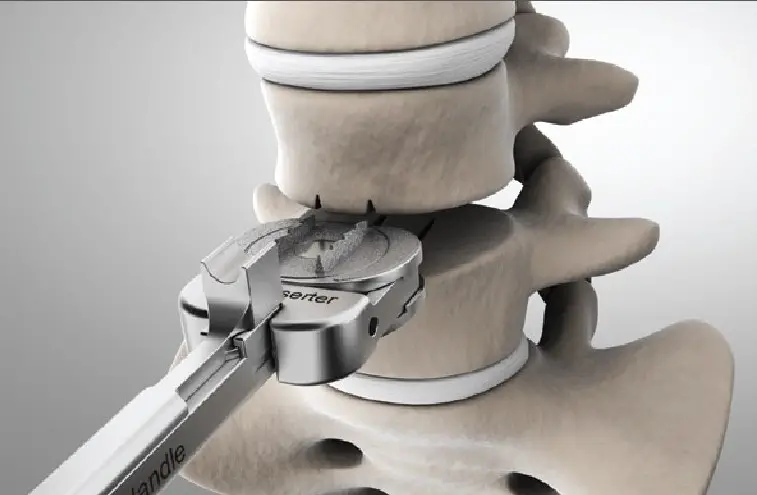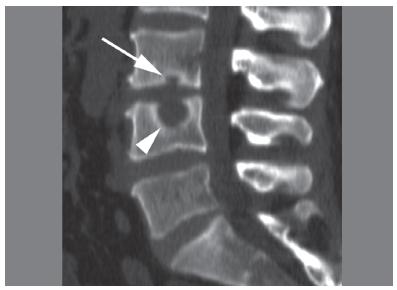Do you suffer from excruciating back pain? Is it a disc pinching ? Find, in this article, a series of 6 exercises and stretches to practice to relieve your pain related to disc pinching.
But above all, refresh your memory about this disease, why it is painful, and what are the causes of its occurrence.
Definition of disc narrowing
La spine corresponds to the stacking of 33 vertebrae separated from each other by spaces called intervertebral discs. Disc pinching is defined by the reduction in the height of these discs which gradually sinks until total flattening.
Disc narrowing can affect the 3 segments of the spine (cervical, dorsal, lumbar), but particularly affects the cervical areas (for example C5-C6), and lumbar. This is explained by the importance of the pressures exerted on these areas.
This condition manifests itself depending on the extent of the pinching. It may not be responsible for any symptoms or complications, as it may, in the advanced stages, cause compression of the spinal cord, a source of disabling pain.
What causes disc pinching?
The etiologies of disc narrowing are numerous and vary depending on the affected area. The main causes are:
- La degenerative disc disease : which corresponds to a progressive deterioration of the intervertebral disc and a loss of its damping properties.
- Degenerative diseases: mainly osteoarthritis (cervical, lumbar) and herniated disc
- Bad lifestyle habits (repetition of bad postures)
- Regular carrying of heavy loads
- Dehydration: responsible for the progressive drying of the disc
- The practice of excessive sports (practice of sports in an intensive and excessive way)
- Trauma: injuries or accidents
How to recognize a pinched disc?
neck pain et low back pain are the most suggestive symptoms of disc narrowing, depending on its location. These pains are said to be mechanical since they are triggered by the friction of the vertebrae linked to disc compression.
Their intensity varies according to the degree of compression of the nerve roots as well as the degenerative state of the intervertebral disc. They can be mild, moderate or severe.
Other symptoms can be manifested differently from one patient to another:
- A blockage of the spine: patients suffering from disc pinching (cervical or lumbar) manifest a significant blockage in the execution of certain movements such as squatting, standing up or bending the neck.
- Neurological symptoms suggestive of a herniated disc: numbness, tingling, burning in the limbs.
- Weakness or even loss of muscle function
Disc pinching: what management?
The management of a narrowed disc consists of
- Relieve spinal pain and radiation (to the arm or sciatica-like)
- Treat the cause
- Intervene surgically in severe cases
The treatment of pain is essentially medicinal. It is based on the prescription of analgesics, the dosage of which depends on the intensity of the pain.
The molecules prescribed are generally: paracetamol, anti-inflammatories, corticosteroids, opioids or even morphine.
Osteopathy and kinesitherapy (physiotherapy) are equally important in the management of disc narrowing, especially for muscle strengthening and spinal stability.
Alternative therapies are also recommended to relieve this type of pain:
- Cupping therapy (therapy of suction cups)
- Acupuncture
- Acupressure (acupressure mat)
- therapeutic yoga
- Essential oils and home remedies
Exercises to relieve disc pinching
Exercises to relieve cervical disc narrowing
Exercise 1: Cervical Lateral Flexion
This exercise consists of performing a lateral flexion movement of your neck towards the painful side. To do this :
- Starting position: seated on a chair
- Using your hand, slightly bend your head sideways towards the painful side
- Stay in this position for 2 seconds then release
- Bend your head to the contralateral side, 2 seconds then release
- Alternate movements 10 times in total
- To be performed 3 to 4 times a day
Exercise 2: Strengthening the neck extensors
- Starting position: seated on a chair
- Place your crossed hands on the back of your head
- Move your head back while preventing this movement with your hands
- Resist for at least 3-5 seconds then release
- Repeat this maneuver a total of 10 times
- You can perform this exercise 2 times a day
Exercise 3: Strengthening the neck flexors
- Place your hands crossed on your forehead, palms facing forward
- Bring your head forward while resisting it with your hands. Your hands should keep your head from moving forward
- Hold for 3-5 seconds then release.
- Repeat the maneuver at least 10 times
- To be done 2 to 3 times a day
Exercises to relieve lumbar disc narrowing
Exercise 1: the cobra
- Start by lying flat on your stomach
- Arms outstretched, hands placed on the ground, raise your upper body while keeping the pelvis glued to the ground stretched
- Make a maximum extension by pressing more on your outstretched arms
- Stay in this position for 30 to 60 seconds, then return to a prone position.
- Repeat the maneuver up to 3 times
- You can repeat this exercise up to 3 to 4 times a day
Exercise 2: Proprioception of the trunk
- Starting position: seated on a training ball
- Sit on a training ball keeping your back straight
- Extend one leg forward for 15 seconds then release
- Keeping your back stable, straighten the other leg for 15 seconds
- Alternate these movements up to 10 times
- Repeat this series twice a day
- If you manage to keep your balance, repeat the same exercise stretching both arms upwards
Exercise 3: The bridge
This exercise aims to strengthen the gluteal muscles and abdominal muscles
- Starting position: lying on your back, legs bent at 90°
- Lift your buttocks off the ground so that the entire back, buttocks and back of the thighs are straight
- Contract your buttocks and abs for 5 seconds, then relax
- Return to starting position
- Repeat this maneuver about fifteen times with breaks of 5 to 10 seconds between series
- To be done twice a day
Nevertheless, before undertaking this series of exercises, first consult a doctor who will document your condition and advise you to contact a physiotherapist (physiotherapist). He will be able to select the exercises best suited for you.

